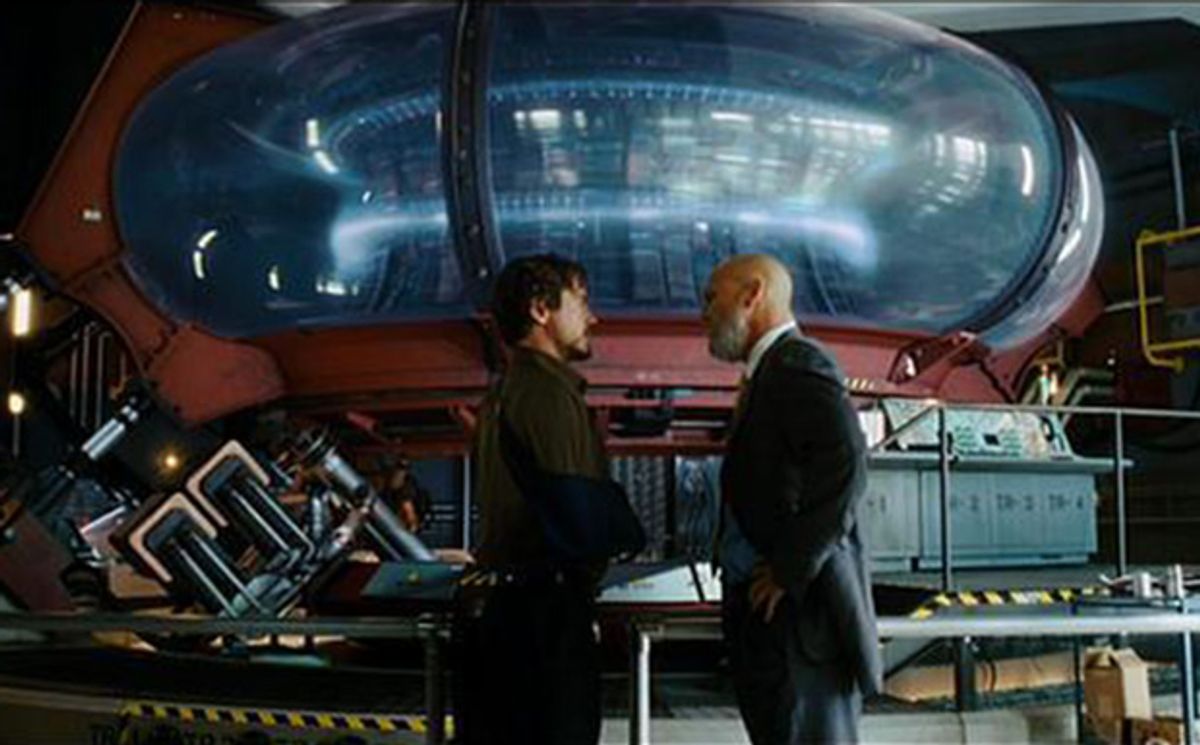UPDATE 2 APRIL 2024: Nearly a decade later, the MIT’s Arc reactor still hasn’t arrived, but that doesn’t mean progress hasn’t been made—far from it. As Tom Clynes wrote for IEEE Spectrum’s August 2023 issue, Arc’s predecessor, Sparc, is under construction outside of Boston. A startup called Commonwealth Fusion Systems (CFS) that was spun out of MIT is undertaking the monumental effort to not only build a tokamak reactor, but to do so while sticking to the original Arc goals: Keeping it “affordable, robust, compact.”
The success of Sparc (and eventually Arc) will depend on the reactor’s signature technological component—spools and spools of yttrium barium copper oxide superconducting tape. CFS and MIT have successfully built one toroidal magnet using the tape, and generated a massive magnetic field and maintained it for several hours. The questions now are replicating that feat—and ensuring enough of the superconducting tape exists on the planet. —IEEE Spectrum
Original article from 11 August 2015 follows:
The Marvel movie version of Tony Stark graduated from MIT in the early 1990s. He built an ARC reactor at Stark Industries later on, but apparently, some of the initial research he did as an undergrad stuck around in some notebooks somewhere on a dusty shelf at MIT. It took them only a few decades, but a team of MIT researchers has been able to develop tentative plans for a fully armed and operational ARC fusion reactor of their own.
ARC stands for “affordable, robust, compact.” The design is a fusion reactor that’s based on the tokamak, using magnetic fields to contain plasma at a high enough temperature (tens to hundreds of millions of degrees Celsius) to maintain the conditions necessary for fusion. A tokamak called ITER is currently under construction in France, and it may be operational by the 2030s at a cost of tens of billions of dollars. A bunch of different research institutions are working on newer approaches that are designed to be much faster and much, much cheaper; ARC is the latest of these.
What makes MIT’s ARC design different is its use of a new class of commercially available superconductors called rare-earth barium copper oxide (REBCO) superconducting tapes. These superconductors can generate significantly higher magnetic fields inside the reactor. And since any magnetic field increase raises the level of fusion to the fourth power, using REBCO superconductors to nearly double magnetic field strength yields a potential fusion power increase of an order of magnitude over standard superconductors.

With this massive boost in power, MIT has been able to design a much smaller (and therefore cheaper) reactor that can still produce significant amounts of electricity. The first prototype ARC reactor would be a 270 MWe power plant, producing between three and six times as much energy as it requires to keep itself running. The reactor, which would generate enough energy to power some 100,000 homes, would be relatively compact at half the size of ITER. It would have the added benefit of having a module core, making it much easier to both service and experiment with.
The reactor design would also be simplified through the use of a liquid (a fluorine lithium beryllium molten salt) as a shielding material, a neutron moderator, and a heat exchange medium. The liquid coats the reactor, gets heated by the fusion going on inside, and then is fed through a high-efficiency Brayton cycle engine to generate electricity.
The ARC reactor is based almost entirely on existing, proven technology, and MIT says that devices of a similar complexity and size have been built within about five years. It would cost, says MIT, “a fraction” of what it will take to build ITER. For all we know, that fraction is nine-tenths, but the implication is that the ARC reactor would be substantially cheaper, largely due to its smaller size.
We should point out, as the researchers do, that “a full engineering design is beyond the scope of the ARC study.” However, there’s no theoretical or technological showstopper preventing an engineering design for an ARC reactor to be developed. If it is, we could see a completed one up and running in as little as a decade.
Evan Ackerman is a senior editor at IEEE Spectrum. Since 2007, he has written over 6,000 articles on robotics and technology. He has a degree in Martian geology and is excellent at playing bagpipes.



